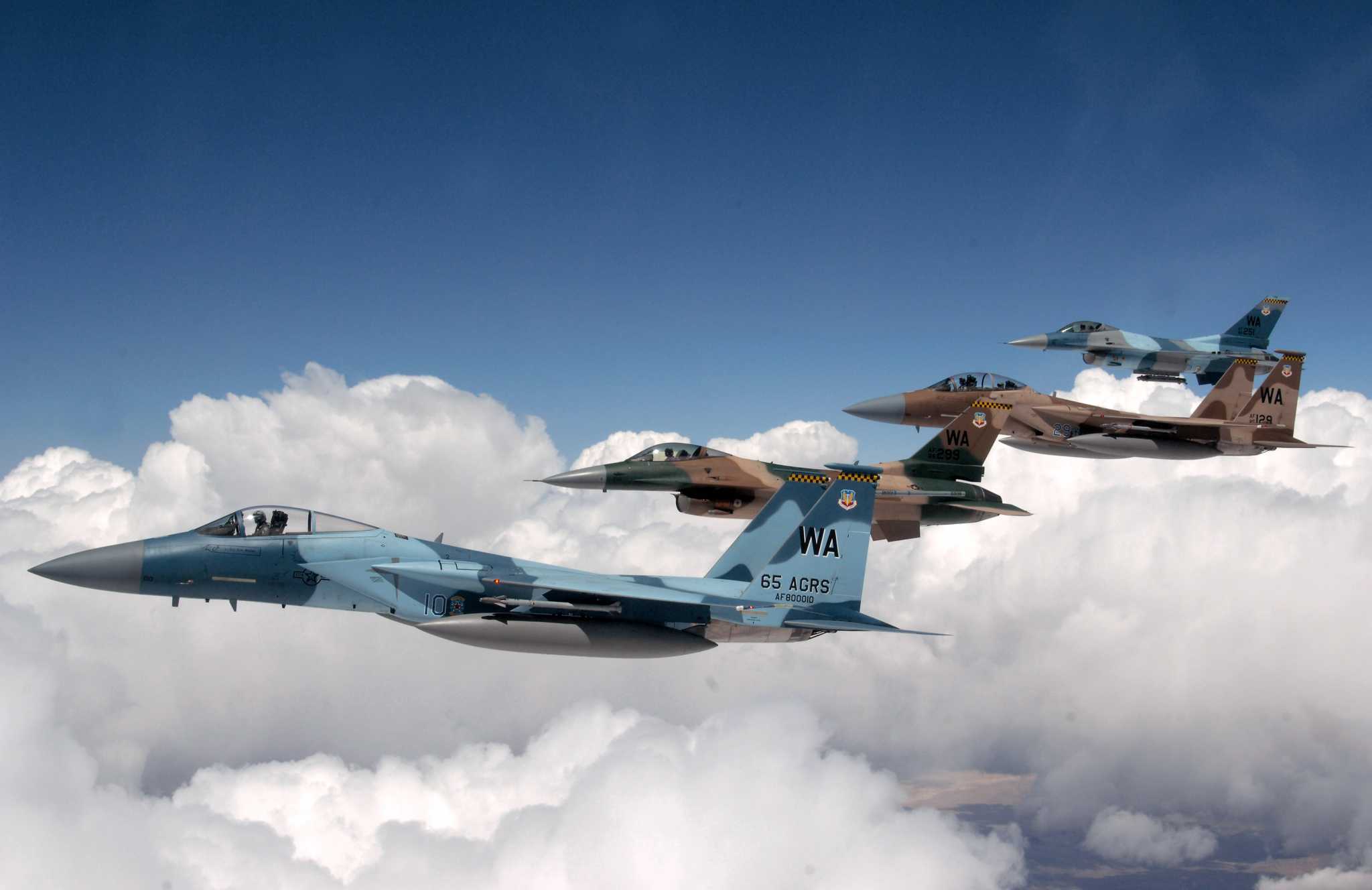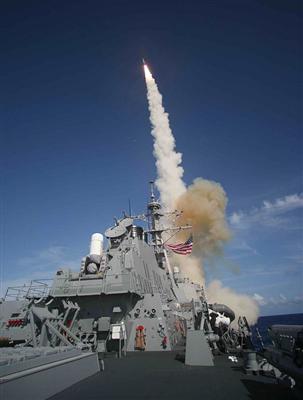Why was the report written?
The report provides data and analysis on global defenseindustry suppliers’ media spend, marketing and sales strategies, and practices and business planning within the global defenseindustry. This report includes key topics such as media channel spending outlooks, media budgets, marketing agency selection criteria, business challenges and sales tactics of leading suppliers within the global defense industry. The report also identifies suppliers’ future growth, M&A and investment expectations.Most secondary research reports are based on general industry drivers and do not understand the industry executives’ attitude and changing behaviours, creating a gap in presenting the business outlook of the industry. In an effort to bridge this gap, we created this primary-research based report by gathering the opinions of multiple stake holders in the value-chain of the global defense industry.
What is the current market landscape and what is changing?
Of respondents across the global defense supplier industry, 39% are ‘more optimistic’ about revenue growth for their company over the next 12 months than the previous 12 months.Optimism levels have marginally decreased for 2012 when compared to the 2011 survey results.
What are the key drivers behind recent market changes?
The expected declining growth in the global defense market in 2012 compared to 2011 is mainly due to anticipated decreases in military spending, principally in the US and Europe. Although the level of optimism is comparatively less in 2012, the defense industry expects an increase in demand for national security priorities including segments such as cyber security, satellites, missile defense and nuclear defense across the world. Additionally, the top priorities for the global defense industry in 2012 are ‘expand in current market and abroad’, ‘new products and services’ and ‘expand into new territories’.
What makes this report unique and essential to read?
This report analyzes how defense industry companies’ media spend, marketing and sales strategies and practices, and business planning are set to change in 2012-2013. This report provides the current size of the marketing and advertising budgets of global defense industry suppliers and how spending by global defenseindustry suppliers will change, providing an insight into global marketing behaviour. In addition, the report also identifies future growth of suppliers and M&A activity. This report not only grants access to the opinions and strategies of business decision makers and competitors, but also examines their actions surrounding business priorities. The report also provides access to information categorized by region, company type and sizes.”
Key Features and Benefits
- Project industry trends and revenue growth expectations in 2012 and understand business confidence to take informed business decisions.
- Drive revenues by understanding future product investment areas and key growth regions.
- Uncover key challenges and opportunities and identify key actions required to maintain and win buyer business.
- Formulate effective sales and marketing strategies by identifying how suppliers’ marketing budgets are changing and the direction of spend in the future. Better promote your business by aligning your capabilities and business practices with your customer’s changing needs.
- Secure stronger customer relationships by understanding the behaviour and changing strategies of industry suppliers.
Key Market Issues
Throughout the global defense supplier industry, 39% of respondents are ‘more optimistic’ about revenue growth for their company over the next 12 months compared to the previous 12 months. A further 34% of respondents are ‘neutral’ about revenue growth compared to 25% who are ‘less optimistic’ about their company’s revenue prospects.
Executives from the global defense industry expect increased levels of consolidation, with an average 54% from defense contractors and 49% from other service providers projecting either a ‘significant increase’ or ‘increase’ in M&A. However, 31% of defense contractors and 30% of other service providers expect no change in consolidation activities in 2012. The expected levels of consolidation in the industry could be due to new cost or demand pressures, repayment of debt, the potential need to meet new compliance procedures, quick access to new markets, business expansion, and an increase in market share. Additionally, global defense contractors and other service providers reveal that they will increase capital expenditure towards’new product development’, ‘IT infrastructure and development’and ‘machinery and equipment purchase’over the next 12 months.
Global defense industry respondents identify India to be the most important region for growth among emerging markets, along with Middle East and Brazil. The Indian defense industry is a fast growing market in the world as a result of demand for advanced military hardware and the concerns of domestic insurgencies and hostility from neighboring countries. Furthermore, South Korea and Singapore with Taiwan and Hong Kongare the developed regions with the highest growth potential, as identified by 42% and 35% of respective respondents from defense contractors companies. Additionally, according to 37% of respondents from other service providers, South Korea will demonstrate ample growth in this sector.
According to the survey, 51% of global defense supplier industry respondents rate ‘market uncertainty’ as an important business concern during 2012-2013 and a further 47% rate ‘decreasing defense expenditure’ as important.Respondents consider ‘innovate product’, ‘improve customer service’ and ‘engage in partnerships to optimize working capital and reduce costs’ to be the leading actions for suppliers to secure buyers’ business.
This research reveals that the marketing budgets of global defense industry supplier respondents are expected to rise by an average of 5.5% over the next 12 months. Noticeably, 42% of respondents expect an increase in marketing expenditure of between 1% to 10% in 2012, while only 10% of respondents expect a decrease between 1% and 10%.
Key Highlights
‘Email and newsletters’, ‘corporate and brand websites’ and ‘conferences and events’ are expected to register the highest increase in investment, as noted by 38%, 36% and 34% of respective respondents. In contrast, traditional media channels such as ‘radio’, ‘newspapers’ and ‘television and video’ are expected to attract the least investment.
‘Customer retention’, ‘customer acquisition’ and ‘brand building or awareness’ are considered the key marketing aims for both the defense contractor and other service provider category respondents over the next 12 months. The most significant strategy that suppliers plan to employ in 2012 is to ‘focus sales efforts on generating new business’, to ‘focus sales efforts on existing markets’ and to ‘trial new and innovative products in the market’ as identified by 53%, 44% and 38% of respondents respectively.
According to 32% of respondents from global defense contractors, and 28% from other industry suppliers, headcounts in their organizations in 2012 are expected to increase steadily by up to 2%.The introduction of new defense programs, strategic focus shift towards advanced warfare technologies, such as cyber warfare, intelligence and counter improvised explosive device (IED) systems, surveillance, border-control missions, and situational awareness systems will require suppliers to recruit specialized personnel to accelerate the recruitment drive.
‘Networking through social media websites’ and ‘white paper downloads for lead generation’ are identified as the most popular media channels by 32% and 31% of respondents respectively from global defense supplier industry respondents.
The political instability in the Middle East and North Africa (MENA) region, specifically in countries such as Tunisia, Egypt, Bahrain, Libya and Syria has motivated these countries to strengthen their defense capabilities in order to counter any insurgencies from their neighbors, which in turn increases the sales expectation and the optimism in revenue growth for 2012.











